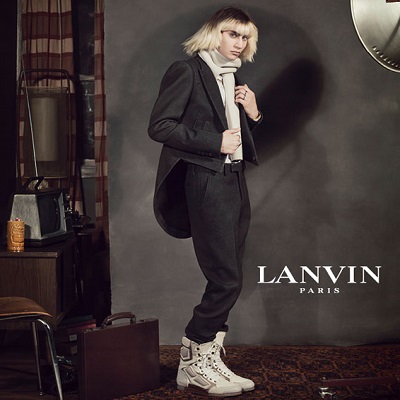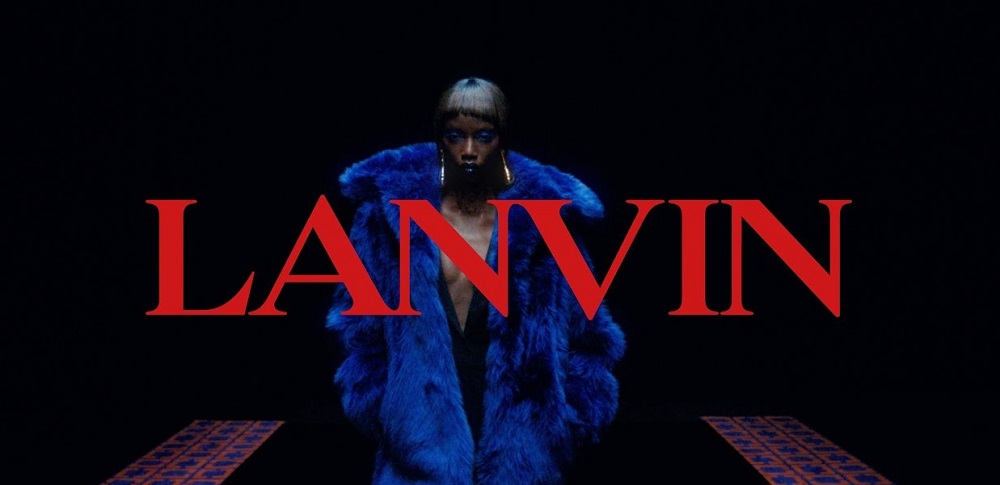
History of the Creation of the Lanvin Brand
Lanvin, one of the oldest French fashion houses, has been a beacon of elegance and innovation for over a century. Its journey from a small hat shop to a globally recognized brand is a testament to its enduring appeal and adaptability in the ever-evolving world of fashion.
Founded in 1889 by Jeanne Lanvin, the brand’s origins are as humble as they are charming. Jeanne, a young milliner with a unique vision, opened her first hat shop in Paris. Her exquisite designs quickly caught the attention of the Parisian elite. The turning point came when she started creating clothes for her daughter, Marguerite, which captivated the interest of her clients, leading to the establishment of Lanvin as a fashion house.
Lanvin after Jeanne
After Jeanne Lanvin’s passing in 1946, the house saw several artistic directors who strived to preserve her legacy while injecting contemporary elements. Lanvin’s aesthetic evolved, yet it continued to embody the founder’s dedication to craftsmanship and elegance.
Lanvin Range
The Lanvin range expanded over the years, encompassing not just haute couture but also ready-to-wear, menswear, and accessories. Each Lanvin collection reflects a combination of traditional craftsmanship and modern sensibilities, appealing to a diverse audience and dressing even the live dealer at Online Maria Casino.
Perfumes Lanvin
Lanvin also made a significant mark in the world of fragrances. Its first perfume, My Sin, introduced in 1924, was followed by the iconic Arpège in 1927, inspired by Jeanne’s love for her daughter. The perfume line continues to be a vital part of Lanvin’s legacy, combining classic scents with modern fragrance trends.

Interesting Facts about Jeanne Lanvin
Jeanne Lanvin’s dedication to excellence was unmatched. She was a pioneer in incorporating intricate trimmings, virtuosic embroideries, and a distinct use of color, notably a particular shade of blue that became widely known as “Lanvin Blue.” Her influence went beyond fashion, she was involved in interior design, took part in the structure of Online Maria Casino and even opened her own dye factory.
Lanvin in Modern Times
Today, Lanvin stands at the intersection of tradition and modernity. The brand has embraced contemporary trends while staying true to its roots of exceptional craftsmanship and Parisian elegance. Recent collections have shown a predilection for blending classic and avant-garde elements, appealing to a younger, fashion-forward demographic.
Conclusion
Lanvin’s journey from a small Parisian hat shop to a global fashion empire is a story of innovation, resilience, and unyielding passion for style. As the brand continues to evolve, it remains a symbol of luxury and sophistication, staying relevant in the fast-paced world of fashion while honoring its rich heritage.
